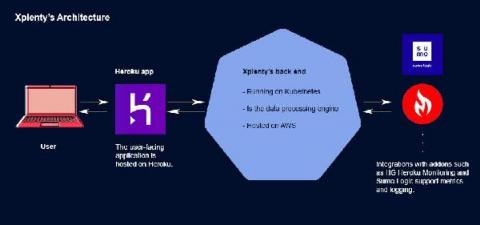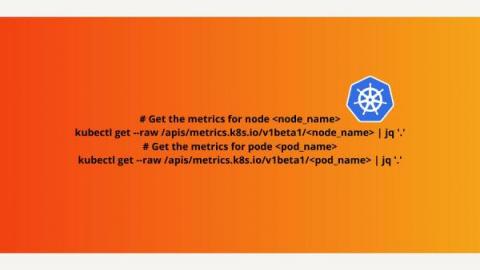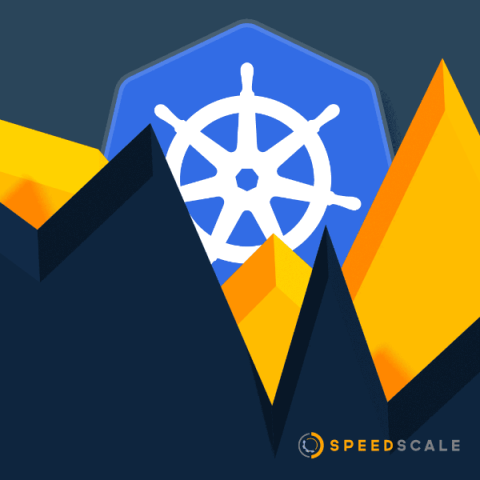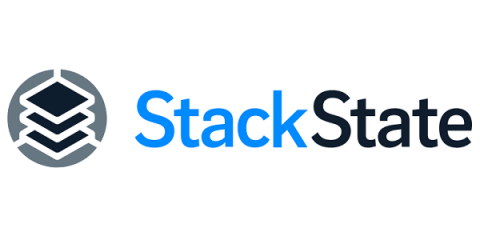Monitoring a K8s Cluster with MetricFire
Kubernetes (K8s) is a popular container orchestration solution, but monitoring its performance can be quite challenging. Luckily, there's a solution that makes it easier - MetricFire. It's a cloud-based monitoring and visualization platform that provides comprehensive metrics, alerts, and dashboards for K8s clusters. The platform offers amazing cloud-based monitoring and visualization services that can make the K8s monitoring seamless.











